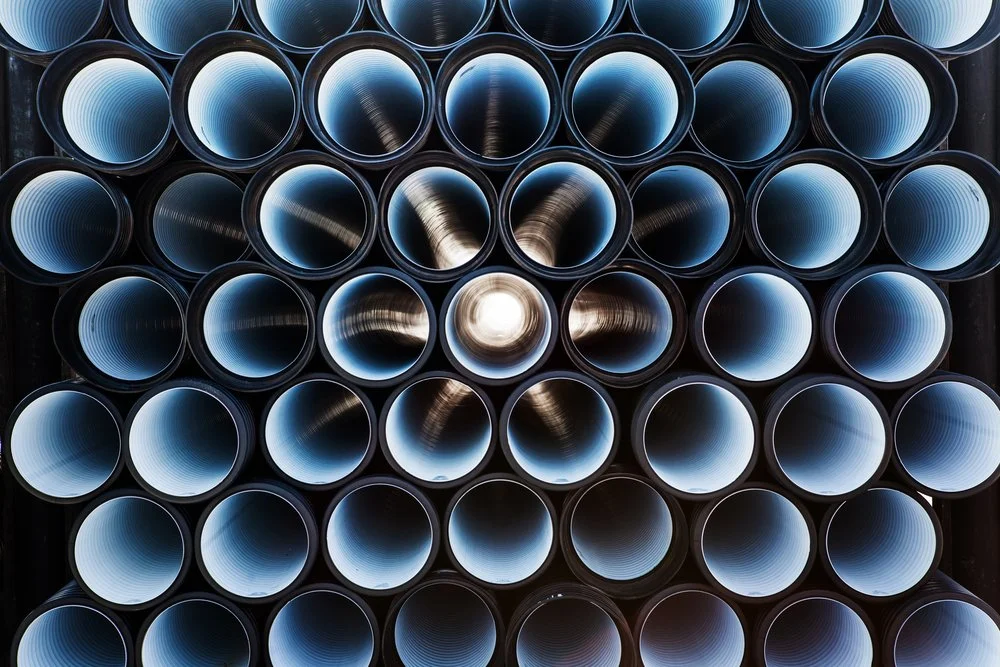“The plastic packaging of your beloved bottled water may pose certain health risks,” HuffPost guest writer Daryl Austin reported in a September 2022 story. “Here's what experts want you to know.”
Although Austin marketed his story as an expert-guided analysis, his article misreported basic facts about phthalates and water bottles, cited irrelevant sources, and left readers with the impression that they face a serious health threat which the science doesn’t support.
And when we reached out to Austin and his editors repeatedly to point out the flaws in his piece, they declined to respond to our inquiries.
In fact, we contacted them four separate times, politely asking that they correct the glaring errors in the story to avoid deceiving the public. Since these requests were ignored, we offer this rebuttal in an effort to do what HuffPost refused to do—tell the truth.
Austin’s mistakes began just three paragraphs into his story: “Phthalate exposure has been warned against because of how the chemicals affect a person’s endocrine system, which is the system that produces and releases hormones,” he wrote. He tried to support that claim with a link to two facts sheets, one from the U.S. Centers for Disease Control and Prevention (CDC), the other from the U.S. Environmental Protection Agency (EPA).
But the CDC document didn't even mention water bottles. And the EPA citation included a key point Austin left out of his story: “Several studies have shown associations between phthalate exposures and human health, although no causal link has been established.”
The U.S. Food and Drug Administration (FDA) went even further. In a May 20, 2022 regulatory decision, the agency declared phthalates safe for food contact, stating: “based on the information currently available to FDA, we do not have a basis to conclude that dietary exposure levels from approved ortho-phthalates exceed a safe level...”
In his zeal to work the “dangers of phthalates” into his lede, Austin made another crucial error by assuming that these plasticizers are used to make water bottles. In reality, most water bottles are fashioned from polyethylene terephthalate (PET or PETE). Despite its name, PET is neither polyethylene nor a phthalate, nor does it contain phthalates.
In fact, PET is in the polyester family, which explains the relative ease with which used water bottles can be recycled into threads that can be made into shirts, tote bags and strapping materials, as well as new water bottles.
We tried to point these facts out to Austin and his editors. First we emailed Austin and HuffPost Life Section Senior Editor Janie Campbell on October 3, 2022, and they ignored us.
We emailed Campbell again on October 13, 2022, and she ignored us.
We emailed HuffPost’s Head of the Life Section, Kristen Aiken, and she ignored us.
We then contacted HuffPost’s senior editors – Robyn Malcolm (Managing Editor), Paige Lavender (News Director), Whitney Snyder (Executive Editor), Kate Palmer (Executive Editor), Danielle Belton (Editor-in-Chief) – on December 15, 2022 and December 19, 2022.
They all ignored us.
Even a cursory search into how plastic water bottles are made would have confirmed the information we tried to bring to their attention. The fact that Austin made such elementary mistakes in a story supposedly based on expert input is inexcusable.
Readers are right to wonder why editors at The HuffPost seemingly do not care that they are deceiving readers by failing to remove Austin’s story from their platform.









